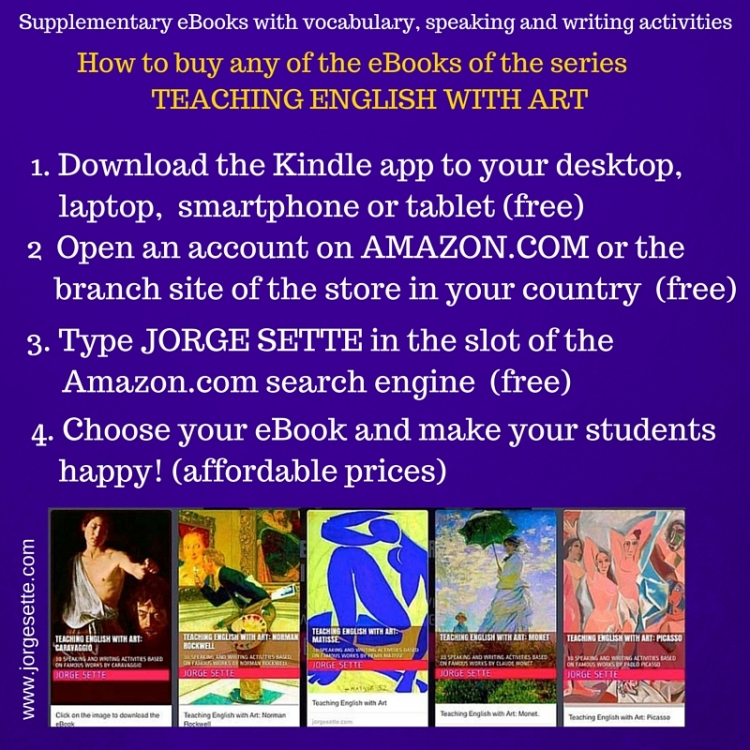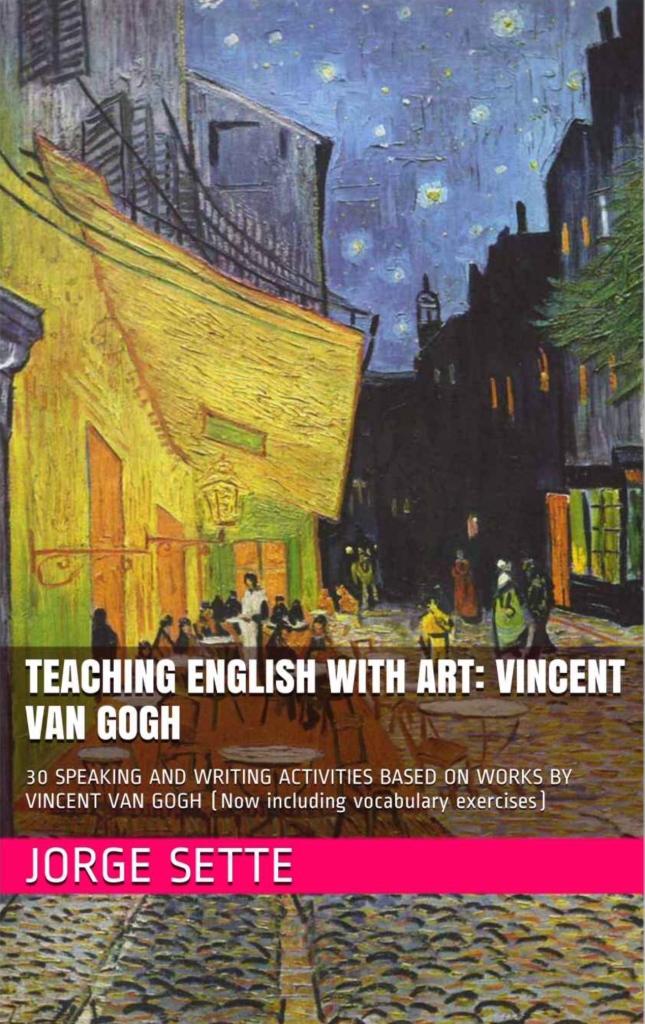In his funny and enlightening book about English (The Mother Tongue – English and How It Got That Way), the love and pride of Bill Bryson – the best-selling Anglo-American writer of books on language, travel and science – for his native tongue transpire on every page.

Packed with historical facts, hilarious anecdotes and scholarly information about the grammar, vocabulary and pronunciation of English, the book is a pleasure for those who teach, write, edit, work with or simply use and are interested in the most international language of contemporary times. The good news is, as the book is constantly drawing fascinating comparisons between English and other tongues and dialects, you may appreciate it even if English is not your favorite language. Readers will also be captivated as they follow the changes English has gone through since its origins and the many influences it has been subject to in its evolution. Here are some highlights of the book to which I took the liberty to add a few personal comments.
1. English has become the biggest and most influential international language of contemporary times, with some 400M native speakers; 400M speakers of English as a second language and 700M speakers of English as a foreign language – and growing (this data has been updated according to the latest info available on Wikipedia). It’s the international language of business, education, movies, pop music, science and politics.
2. The author claims it’s the only language that, due to its richness of vocabulary, needs books on synonyms, such as Roget’s Thesaurus. One of the reasons for this variety is English has been borrowing words from more than 50 different languages throughout its formation. It’s believed that English has a synonym for each level of the culture: popular, literary and scholarly. So, for example, one can rise, mount or ascend a stairway. One could also shrink in fear, horror or trepidation. Another curious example given in the book: one can think, ponder or cogitate upon a problem.
3. The author also says that another factor that sets English apart from most languages is its flexibility concerning word order, the use of the passive and the active voice and the subtle differences one can express through verbal forms. Notions that in many other languages, for example, would be represented by only one form of the simple present in English can become: I sing, I do sing, I’m singing, I’ve been singing.

4. Although Bryson admits there’s no way to measure or prove the superiority of a language over others, he is proud of the fact that, in English, the pronouns are largely uninflected regarding the social status of the person we are talking to, which makes it practical, simple and, to some extent, democratic. One can safely stick to you,regardless of whether you are speaking to a friend, your grandmother, a person of any social class, or even your boss.
5. Also, he praises the fact that English is relatively free of gender considerations for things and objects. A chair does not need to be masculine or feminine, you just sit in it.
6. English is a branch of the common tree of the Indo-European languages. It grew out of the Germanic family of languages. 1,500 hundred years ago Germanic tribes (the Angles and Saxons) crossed the North Sea and invaded the land where the Celts were already established (and also having lived together side by side with the Romans for nearly 400 years). It must have been hard on the Celts – a rather more sophisticated people – to be overrun by these hordes of unlettered, uncultured and pagan invaders.
7. The funny thing is that the language of the Angles was the one which most firmly established itself on the new land, despite the superiority in numbers of the Saxon invaders. Besides, while still on the continent, Anglo-Saxons had borrowed heavily from the Roman vocabulary (Latin). Another great historic influence that helped shape the English language, as we know it today, was the invasion of the islands by the Normans (Vikings who spoke a rural variety of French) in 1066. The kings of England spent the next 300 years without speaking English. Hence the strong influence of French words in contemporary English vocabulary.
8. Languages mold cultures and the other way around too. English speakers seem to dread silence in conversations. If it drags for more than 4 seconds, one of the people involved will make a comment about the weather, or come up with an empty comment such as, oh, my god – and, then, pointing at his watch, will say something along the lines of time to leave, or time flies.
9. Shakespeare used some 17,000 words in his writings. 10% of them had never been used before. He coined them. Among the words Shakespeare contributed to the English language are: critical, leapfrog, monumental, castigate, majestic, obscene, frugal, radiance, excellent, countless, submerged, gust, hint, hurry, lonely, summit, etc.

10. In 1978, Robert Burchfield, who was the chief editor of The Oxford English Dictionaries at the time, predicted that in 200 years British and American English would be two completely different languages, mutually unintelligible. This prediction, however, has been repeated a number of times in history and its based on what happened, for example, to the Indo-European languages, especially Latin, which gave origin to distinct languages such as Spanish, French, Italian and Portuguese. Nevertheless, the contemporary trend, with communications and traveling intensifying globally, in addition to the heavy use of the Internet, is the exact opposite. More and more words and grammar structures get exported internationally, mainly by the USA. So it’s unlikely that a total split will ever happen, quite the contrary.

These 10 points we highlighted are only a very small percentage of the wealth of interesting information, considerations and insights into English you will find in Bill Bryson’s delicious book. Don’t waste any time: order it right now!
Au revoir
Jorge Sette.















